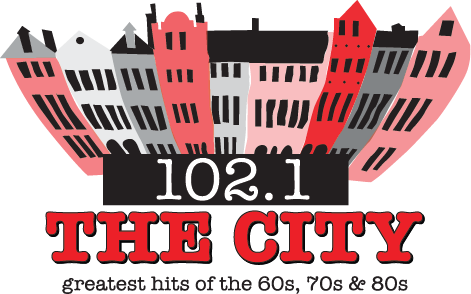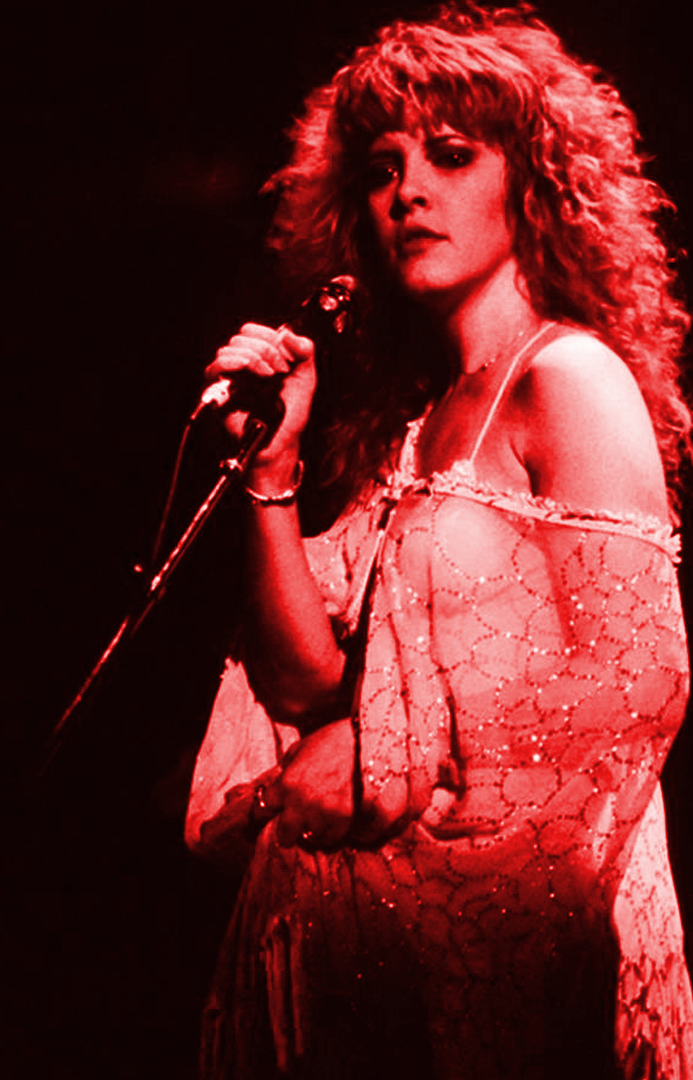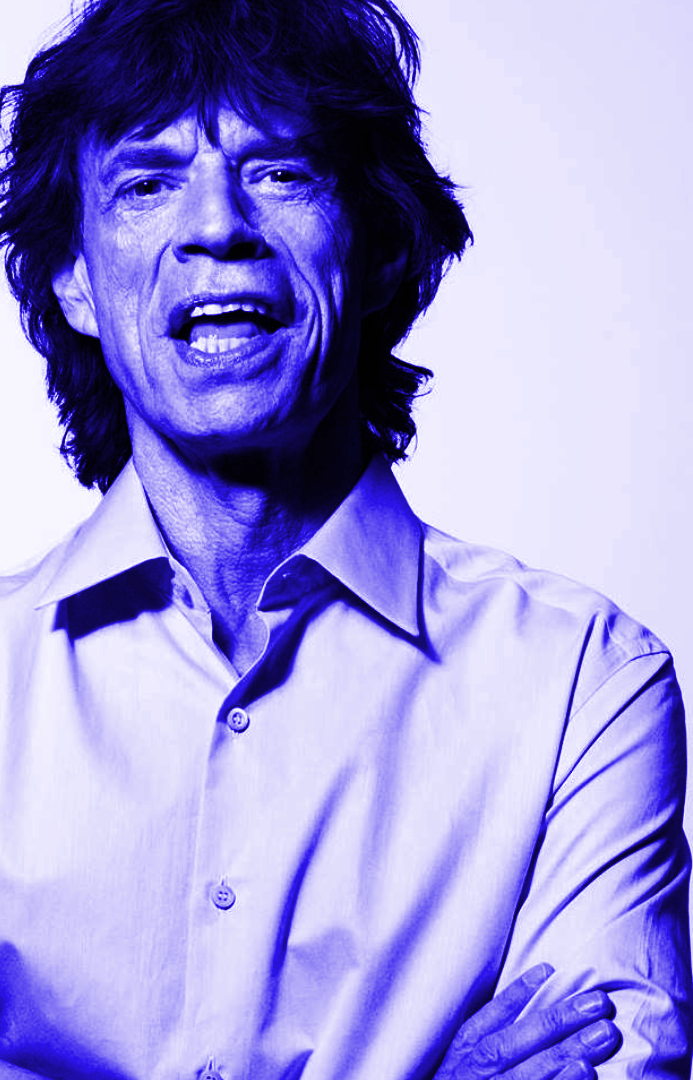The International African American Museum: History is Alive
CHARLESTON, S.C. (WCBD) – The long-awaited International African American Museum will soon welcome visitors to a now-sacred space that once saw enslaved Africans arrive from their homeland to a new world.
Like many, News 2 has followed this project from inception to construction and now it’s opening. But before you visit the museum for the first time, we journey back to its origin.
Charleston’s longtime mayor Joseph P. Riley told us during a 2016 interview that he placed a note in the breast pocket of his suit jacket every day. Written on that note were the words “Build the museum!”
Mayor Riley said of all the buildings, bridges, and ballparks built during his 40-year career serving the city of Charleston, constructing a museum that would tell the story of the transatlantic slave trade was most important to him.
An idea is born
For 23 years, a vision has been coming into focus. After centuries of being buried, history is alive.
Millions of enslaved men, women, and children who were captured in Africa were chained and shackled for the journey across the Atlantic Ocean to the shores of Charleston, South Carolina, and landing the very spot where the museum has been constructed – Gadsden’s Wharf.
The executive director of the International African American Museum said stories that originated in Africa are finally being told.
“This is a place that will tell a story of trauma,” said Dr. Tonya Matthews. “This is also a place that will tell stories of joy.”
Dr. Matthews says the idea of the International African American Museum took root when Charleston’s longest-serving mayor read the book ‘Slaves in the Family’ by Edward Ball.
“It was 1998; I read the book ‘Slaves in the Family,’ and through the book then I learned for the first time the harshness and the challenges and the brutality … more enslaved human beings were brought here than any other site in North America,” said Riley. “I said we have the build a museum.”
“Joseph Riley read the book that changed his life and out of the transformation, he decided that Charleston needed to be telling the story of African American history. And it was discovered that we could tell it like no one else could,” said Dr. Matthews.
Riley walked the halls of the museum with News 2 while it was being built two years ago. As we walked between the 18 columns that raise the building off the ground where enslaved Africans died, he explained that every detail from bricks to indigenous grasses was selected to showcase the lessons brought from West Africa that shape who we are and how we live.
“This building — the physical beauty of it, the material, the design, the stories, the quality of it, the films and displays, all will be of world-class quality which is exactly what is history and the people we are honoring deserve,” he said at the time.
The central idea behind the museum which now stretches across 45,000 square feet is that this will be an evolving institution centered on truth.
“For some folks, it’s going to benefit being seen. This is my story in this amazing place for others. It’s going to be I learned something new I did not know that for many others it’s simply going to be the beauty, the austerity, and the moments and the sensations in the space,” said Dr. Matthews.
She said the International African American Museum also has the unique distinction of what is called “power of place.”
“The museum has the humbling privilege and responsibility of reclaiming a portion of Gadsden‘s Wharf … Gadsden‘s Wharf is one of our nation’s most prolific transatlantic slave trading sites,” she explained.
The museum broke ground in 2019 and now, four years later, history will be told.
Building the museum
The International African American Museum represents the journey from Africa across the Atlantic Ocean and through America. Dr. Tonya Matthews, the museum’s CEO, said the paths and pursuits of enslaved Africans and ultimately African Americans are on display as testimony to triumph and tribulations.
She said the museum will not only illuminate South Carolina’s place in global history but also reaffirm the impacts of how enslaved people and free Blacks shaped America.
“One of the things that we can do as a first voice museum and African American museum telling African American stories we can put that in context and recognize that the spirit of slavery is neither the beginning nor the end of our story but it is an important part in the middle.”
The museum is the second largest dedicated to African American history and culture in America.
And standing on Gadsden’s Wharf, the place where nearly half of all enslaved people were brought to North America, the museum is expected to fuel the Lowcountry’s economic engine.
“We will have our economic impact study, and we will look at our ability to fundraise… But we also want to look at our member role. Not because people pay to be members but because that’s the number of people who raise their hands to say we stand with the International African American Museum.”
The CEO of Explore Charleston said the museum’s effect on the local economy will be transformative.
“The International African American Museum stands poised to be a transformative force in the Charleston economy, fostering a surge of cultural tourism and generating substantial economic benefits. As visitors from around the globe engage with the rich heritage and stories within its walls, Charleston can anticipate a robust influx of revenue, job creation, and heightened community vitality,” said Helen Hill, CEO of Explore Charleston.
But building the museum and readying it for opening did not come without challenges. The museum’s opening was delayed in early 2023 and moved to near Juneteenth.
“I think in retrospect as I think about our delays, it’s extraordinary that we broke ground in late 2019, and then the world turned upside down for a good two years or so, and we find ourselves here in 2023,” said Dr. Matthews.
“Some of those delays were our commitment to getting this absolutely right and I hope that when folks walk into the museum they won’t say ‘Wow, I can’t believe it took so long.’ They will say ‘Oh my, how did they get it done so quickly,’” she added.
When Dr. Matthews talks about what they did right in the museum, she directed our attention to interactive technology in every gallery, on every wall, and atop every table. Visitors will be able to connect with history.
The museum is designed to be a special place where people will engage with artifacts, exhibits, and information in a unique way – in the place where history lives.
Touring the museum
When visitors stand at the former Gadsden’s Wharf, they will not only see artifacts and exhibits, but they will also stand where pain and perseverance changed a nation.
The history of enslaved Africans will fill every space at the museum. Dr. Matthew said the story is layered and complex, so telling its history is done carefully.
“We have several galleries trying to tell the African American journey and context,” she noted.
Alongside Dr. Matthews, we traveled through the 46,000-square-foot structure, seeing why the museum will be a voice for untold and forgotten stories.
“When you first walk into the building you will see the Transatlantic Experience,” she said.
The transatlantic gallery consists of eight digital screens that tell stories and show images from ancient civilizations in Africa to modern times.
“Come through that gallery and then you end up in the Gullah Geechee gallery. I would argue that every American history museum should have a little Gullah,” said Dr. Matthews.
And there is a lot of Gullah in the Gullah Geechee – like a scaled-down praise house filled with the sounds of spirituals and the beloved Charleston handclap.
A bateau commissioned by the museum sits broadly in the center of this space.
“You go from there to African roots and routes making a nice connection,” Dr. Matthews explained of the tour.
She said the International African American Museum has two ways of thinking and delivering content. One is origin stories.
“We go back to 300 B.C. We talk about the fact that human rice cultivation was recorded on the continent of Africa that far back.”
The African Roots and Routes Gallery highlights modern African diasporic connections.
“Then you leave this vibrant and alive gallery to one of our smallest and most powerful galleries- that is the port of departure. It’s a very simple gallery. It just contains the names and ages of people who were enslaved,” she explained.
Up and down, from side to side, the names of adults and children were obtained from recorded court cases.
The “port of departure” gallery had a sister gallery, the port of arrival.
“There are still names, but the names are very American given … they come from our own records of plantations here and Lowcountry,” she noted.
Between these two galleries is the Atlantic World Gallery.
“The Atlantic World Gallery is a mashup of the African diaspora and culture you have Haiti, Sierra Leone, Charleston, New Orleans, all these places mixed up together and part of what we are doing is making this deliberate connection between African American communities all over the globe,” said Dr. Matthews.
The Atlantic World Gallery also explains why Charleston – why this port – why Gadsden’s Wharf – was so important in the transatlantic slave trade. Looking out the windows at the Atlantic Ocean, the connection that brought millions of enslaved people to Charleston.
“Once you leave the Atlantic World Gallery, then you step into Carolina Gold.”
One of the things that differentiate the International African American Museum is that this institution tells the story of slavery through rice cultivation.
“Many of us learn the story through cotton. We talk about how this Carolina Gold was the cash crop here in the Lowcountry, ultimately making Charleston the richest city in all of the colonies.”
Dr. Matthews said it wasn’t just the labor, it was the knowledge and the know-how. And then the innovation of the enslaved Africans that contributed to the wealth of the colonists.
“You come out of Carolina Gold, and you enter Carolina Connections.”
Dr. Matthews says many of the stories associated with African American history in this country have origins in South Carolina. Like the desegregation of America’s schools.
And as we walked through the American Journeys gallery, Dr. Matthews explained that it includes modern touches of technology and contemporary art.
“From the 1400s to modern times … it is a giant u-shaped gallery. It includes artifacts and oral history of folks that I think people in the Lowcountry will recognize telling their own story of today.”
At the far west end is the special exhibitions gallery.
“This gallery allows us to different thoughts, different themes, and we can move all the exhibitions in that gallery and turn it into a gathering space,” Dr. Matthews said.
Finally, we enter the Center for Family History.
“The Center for Family History is (one of) our largest galleries it will be staffed with genealogist and ancestry researchers to help anyone who’s interested in learning a little bit more about the great, great, great grandparents and the stories they have to tell us.”
And beneath the museum is a tidal tribute pool, a place for reverence.
“Our gardens are known collectively as the African Ancestors Memorial Garden. It was designed by a landscape architect by the name of Walter Hood. Everything is intentional.”
“We have a black granite wall exhibition to help tell the story of a storage house that was here on site. But again, it is trauma and joy. That installation includes not only hunched figures that represent those we lost, but excerpts from Maya Angelo’s poem ‘And Still I Rise.’”
“The waters in the pool are powered by a pumping system that raises water with the tide. At the bottom of the pool is an art installation of water, but also people — human figures reminiscent of the way that Africans were packed into the bottom of slave ships.”
The museum’s gathering spaces are as important as the exhibits and artifacts.
“Our east yard and west yard can hold hundreds of folks and so we are just really excited about the planning and gathering and performing … that we can actually have in that space.”
After two decades of planning, the purpose is realized. The International African American Museum tells the stories of how Africans and African Americans used intelligence, ingenuity, and insight to shape every aspect of the world.
A dedication ceremony will take place at the museum in downtown Charleston on Saturday, June 24 with a simulcast in Marion Square where the community is invited to gather and celebrate. There will be music, fellowship, and more in that space.
The museum opens to the public on Tuesday, June 27.
Click Here for the Full Article
Author: Carolyn Murray







